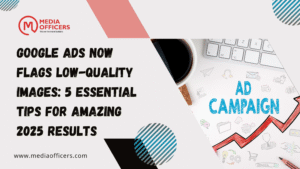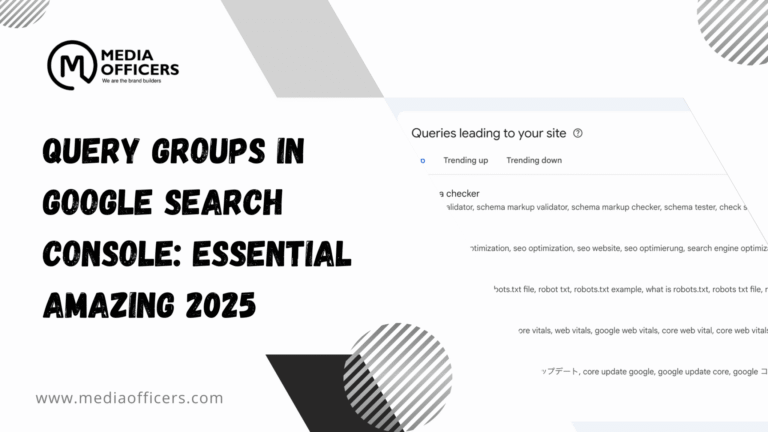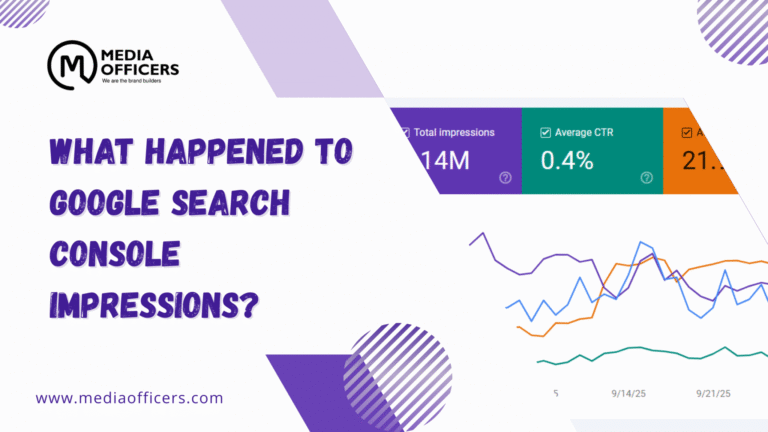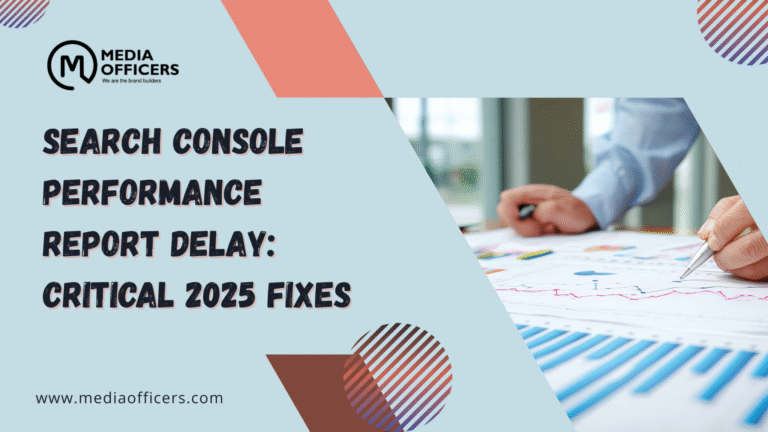Understanding the shift: why image quality now matters in Google Ads
When Google Ads now flags low-quality images, the implication is that visual aesthetics have a direct link to performance. High quality visuals can capture attention faster, improve click through rates, and increase conversions on Display and Gmail surfaces. Conversely, poor imagery can lead to reduced delivery and weaker engagement signals, which in turn limits reach. The new checks aim to shorten the path from a subpar asset to a strong creative by offering concrete, actionable edits directly in the dashboard.
For marketers, this means prioritizing image quality as a core optimization lever. The change emphasizes a holistic approach to creative testing where image quality is treated as a first class element alongside headlines, ad copy, and calls to action. As you pursue better visuals, you also improve user experience, which Google rewards with more favorable placements and lower cost per result.
Key takeaway: Google Ads now flags low-quality images to help you raise standards across all creatives, which in turn supports stronger performance across Display and Gmail placements. By aligning visuals with these recommendations, you can enhance consistency, readability, and overall engagement across networks.
How the image quality checks work in the Recommendations tab
The image quality checks are designed to be proactive rather than reactive. When an asset is uploaded, the system scans for common issues and presents a set of suggested edits. These suggestions are meant to be quick wins that advertisers can apply directly within the dashboard, reducing the time from discovery to fix. A typical set of recommendations might include adjusting background color to white, increasing contrast, or simplifying complex imagery so text remains legible in smaller formats.
Not all suggestions are mandatory, and you can preview changes before applying them. The ability to preview helps you gauge impact before committing, ensuring that edits align with your brand guidelines and campaign goals. This immediate feedback loop makes it easier to maintain high standards without sacrificing speed in campaign optimization.
What to expect from the automatic checks
- Assessments of background color, contrast, and overall clarity
- Detection of small text that may be unreadable on mobile
- Suggestions to optimize imagery for multi screen surfaces
- Guidance on maintaining consistent branding across assets
Practical steps to act on image quality recommendations
Acting on image quality recommendations is about turning insights into action. Here are practical steps you can take to maximize impact:
- Open the Recommendations tab and review each suggested change for a sample asset.
- Experiment with a few quick fixes such as changing the background to a solid white or high contrast color to improve readability.
- Preview the edited creative in different placements to ensure it remains legible on mobile and desktop.
- Apply fixes that align with your brand guidelines and visual identity.
- Resubmit updated assets for a fresh evaluation and monitor performance changes.
These steps help you quickly respond to image quality checks and unlock better delivery across Display and Gmail. Remember that even small tweaks can have outsized effects on engagement and ad relevance.
Best practices for image assets in the era of AI driven checks
To stay ahead of the curve, adopt a set of best practices that align with the new image quality checks. These guidelines focus on readability, color harmony, and visual clarity across surfaces. They also help ensure that your assets remain adaptable as Google expands its recommendations and testing capabilities.
Key best practices include maintaining clean background colors, ensuring text is legible at small sizes, using high resolution imagery, and keeping a consistent visual language across all assets. By standardizing these elements, you reduce the risk of triggering quality flags while preserving a strong brand presence.
Another important aspect is testing variations using the Recommendations tab. Even if an asset passes initial checks, running small A/B tests on edits can reveal incremental gains in click through and conversion rates. Data driven tweaks become easier when image quality checks provide actionable guidance rather than vague warnings.
Impact on campaign performance across surfaces
The practical benefits of acting on image quality checks extend beyond aesthetics. Cleaner visuals tend to deliver higher engagement, which can improve ad relevance scores and placement across Google s ad networks. Over time, this can translate into more impressions, better click through rates, and lower costs per conversion. In the context of Display and Gmail, where user attention is highly competitive, the ability to present clearer, more compelling visuals is a significant advantage.
Advertisers who embrace these recommendations may see faster improvements in ad delivery metrics and more stable performance across devices. The AI driven tips support a proactive approach to optimization, helping you keep up with evolving creative standards without lengthy manual reviews.
Case considerations: aligning with brand and goals
While the image quality checks favor improvements in visuals, it is essential to balance edits with brand aesthetics and campaign objectives. For instance, turning assets white or simplifying backgrounds should not undermine brand recognition. Instead, use these edits to enhance readability and ensure core branding elements remain visible. Always test whether a suggested change improves performance in the context of your specific audience and goals.
In practice, you might maintain a core set of brand visuals and reserve the recommendations for supporting assets or placements that require tighter clarity. This strategy preserves identity while leveraging the optimization benefits of the image quality checks.
Frequently Asked Questions
What triggers the image quality checks in Google Ads
The system scans uploaded assets in the Recommendations tab for common issues such as background clashes, low contrast, and unreadable text. It then presents quick fixes that can be previewed and applied directly within the dashboard.
Can I customize the edits suggested by the image quality checks
Yes, you can preview changes before applying them and choose edits that align with your brand guidelines. You should not feel obliged to accept every suggestion if it conflicts with your creative strategy.
Do these changes affect campaign performance immediately
Improvements in image quality can lead to quicker improvements in engagement and delivery signals, but results vary by audience, format, and placement. Ongoing testing helps maximize impact over time.
Should I rely solely on the Recommendations tab for optimization
The Recommendations tab is a powerful accelerator for visual quality, but it should be part of a broader optimization workflow. Combine image quality tweaks with copy, targeting, and bid strategy for best results.
Conclusion: The emergence of image quality checks in Google Ads marks a meaningful shift toward smarter visual optimization. By embracing the Recommendations tab, applying practical edits, and maintaining brand alignment, you can drive higher engagement and better placements across Display and Gmail. The ongoing emphasis on clean, legible, and consistent creatives helps advertisers unlock more value from their investment in Google Ads now flags low-quality images. As you implement these tips in 2025, stay curious, test relentlessly, and let the data guide your creative decisions toward stronger outcomes.





